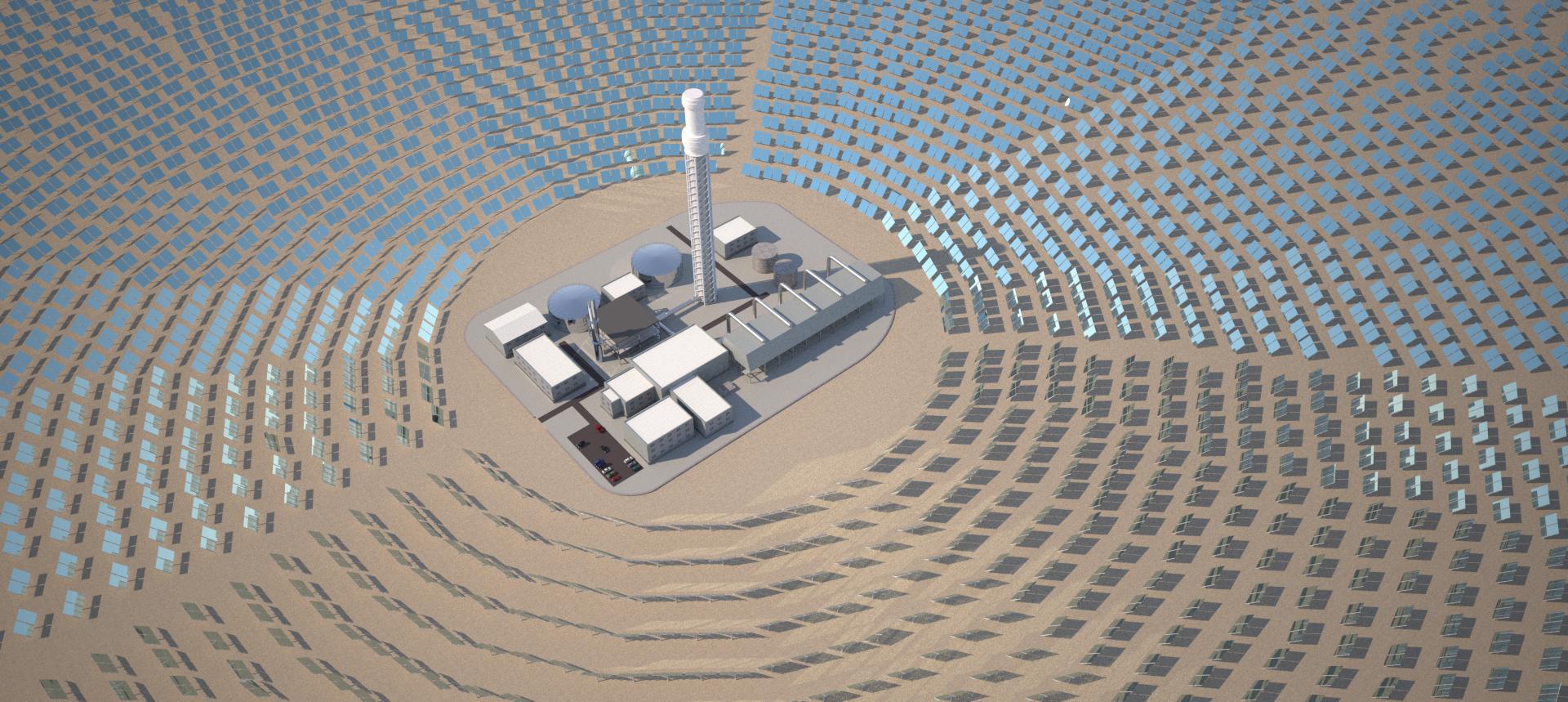The Sahara desert is an unlimited source of solar energy. Knowing the fact that harnessing just 0.3% from the solar energy that the Sun pumps into the desert can power the whole continent of Europe for an entire year, a British energy company has laid down a plan for a project that will bring foreign electricity into the UK.
The plan by Nur Power suggests that the company harness the solar energy from Sahara. The plan is to build a solar farm in Tunisia that will grow up to 100 square kilometers by 2018. By placing thousands of solar cells across the area, the company believes that they can produce electricity. While it sounds like a fantasy and a pipe-dream, the project is well underway. And if Nur Power succeeds in their plan to bring electricity to the UK from Sahara, we might see similar projects in the future for other countries in Europe.
Why Europe needs the project to succeed?
In the past several years, the price for nuclear power and electricity continues to increase. Projected AP1000 plants that are being built in the US, which are essentially alternative sources of power, will likely cost 30% more than the initial estimates. The search for carbon-free electricity continues, as more countries are facing nuclear’s mounting problems.
Solar power might be more expensive than nuclear power, but it is a better long term solution that is carbon-free and more environmental friendly.
In a move that might prove crucial for the TuNur project, British environment secretary declared that there will be more subsidies from Europe for solar farms. Currently, there are 250 solar farms in Britain, with more than 200 waiting permission. In a move to limit the British farms for food and crops, the environment secretary declared that people will no longer receive subsides from the European Union. Landowners in the UK can still claim subsides from the British department of energy and climate change. However, they are a lot lower than the European subsides.
Stages of the Project
The final plan for the project envisions production of 2.5 GW of electricity generation. However, the plan will be executed in stages. The end result is a desert scheme that will occupy more than 10,000 hectares and produce more than 10TWh a year. That is around 3% of the annual consumption of electricity in the UK. In order for the project to be successful, the voltage will be transferred undersea from Tunisia to Italy, north of Rome.
In the first stage, the company will install two 125 MW CSP fields. The difference between the end result and the pilot program is that the pilot program will send electricity through a different route. For the pilot program, the company will use Tunisia – Malta – Italy route. During stage one, or during the pilot program, Tunisia will export 1TWh per year, which is worth around £50 million.
Within time, the TuNur project should reach the expected capacity of 10 TWh per year.
Obstacles to the plan
While the project is sure to be beneficial for the future not just of Europe, but the world, there will be many obstacles that it will have to surpass. The first and obvious obstacle is the price, as it will cost billions and billions of dollar to build such a desert scheme. However, the project will likely found support from development banks and fund-raising corporations, if and when the project finds guaranteed marked for the exported electricity. At the moment, the UK is a rumored destination.
Apart from the first and obvious obstacle, the next obstacle is Tunisian Law. At the moment, the Tunisian Law does not yet incorporate principles so the country can export electricity. However, there are reports that an approval for this obstacle is to be made soon.
The UK, the likely final destination for the electricity can solve the third obstacle. The country will have to get a commitment from interconnectors and provide long-term routes for the electricity coming from Sahara. It is tricky, since the British are already buying a lot more electricity from the continent as it is cheaper than buying electricity from the UK.
Tunisian politics, and its stability is the fourth obstacle and concern. Tunisia was the success story of the Arab spring. However, future investors will surely look long term, and question whether the new regime and democratic approach is stable and long lasting.



